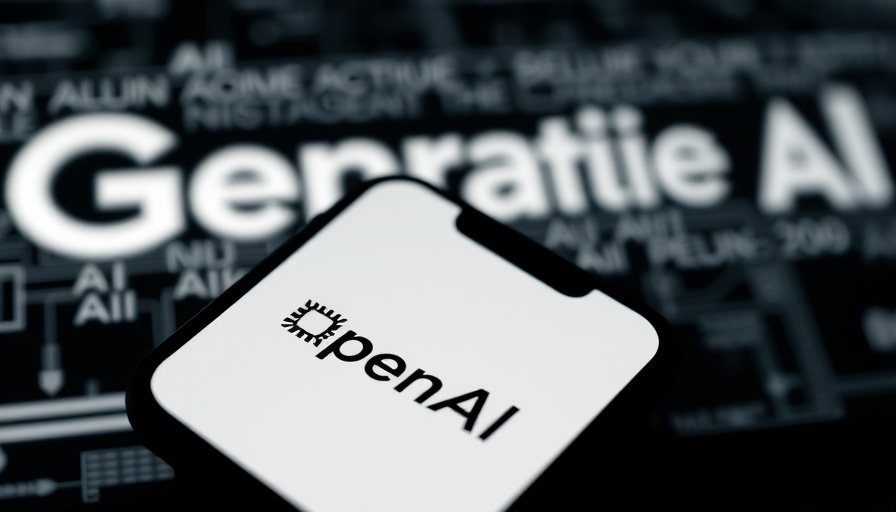
Understanding the Rise of Shadow AI in the Workplace
In today's tech-driven environment, employees are increasingly leveraging AI tools, often without explicit approval from their organizations. This phenomenon, known as shadow AI, poses significant challenges for IT departments that strive to implement governance frameworks while managing a workforce eager to innovate. Recent findings from ManageEngine reveal a startling trend: around 70% of IT decision-makers report unauthorized AI use within their organizations, highlighting the rapidly growing blind spots in IT security.
The Hidden Dangers: What Employees Are Overlooking
According to current statistics, around 60% of employees admit to using unapproved AI tools more frequently than before, with an overwhelming 93% acknowledging they input information into AI tools without seeking prior approval. This careless attitude reflects a disconnect between employee enthusiasm for AI and their understanding of associated risks. Surprisingly, 91% of employees perceive minimal risks from shadow AI, often prioritizing the immediate benefits of AI—such as data analysis and generating written content—over security concerns.
Transforming Challenges into Opportunities
Ramprakash Ramamoorthy, director of AI research at ManageEngine, emphasizes the duality of shadow AI; it represents a governance risk as well as a strategic opportunity. Organizations that can turn the shadow AI challenge into a positive outcome might find themselves ahead in the business landscape. To harness this potential, IT leaders must engage with employees to create an environment where secure and approved AI tools are readily available. This requires reshaping how organizations view shadow AI—from a potential liability to a valuable indicator of genuine business needs.
Closing the Gaps in Governance and Education
To combat the risks associated with shadow AI, comprehensive education and policy enforcement are essential. Most IT departments struggle to keep pace with how quickly employees adopt AI tools, with 85% of IT decision-makers stating that employee adoption outstrips their ability to assess and approve new technology. Reports suggest a significant percentage of employees are entering confidential or proprietary data into AI tools, exacerbating security weaknesses.
Building a Secure Future in AI
Looking forward, organizations must prioritize integrating approved AI tools into everyday business workflows. Establishing standardized policies on acceptable usage and offering a well-defined list of vetted tools can significantly reduce risks. Furthermore, organizations can bolster security by promoting transparent communication regarding AI use and implementing educational programs that inform employees about the consequences of shadow AI.
As we navigate the complexities of integrating AI into our workplaces, it is crucial for leaders to foster environments where employees feel supported and empowered to use AI tools safely. By maintaining this balance, companies can tap into the vast potential of AI while safeguarding against vulnerabilities.
If you're seeking innovative ways to enhance your AI experience without the burdens of detection technology, consider visiting Prompt2Human to explore seamless solutions.
 Add Row
Add Row  Add
Add 




 Add Row
Add Row  Add
Add 

Write A Comment